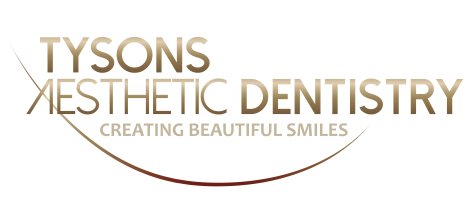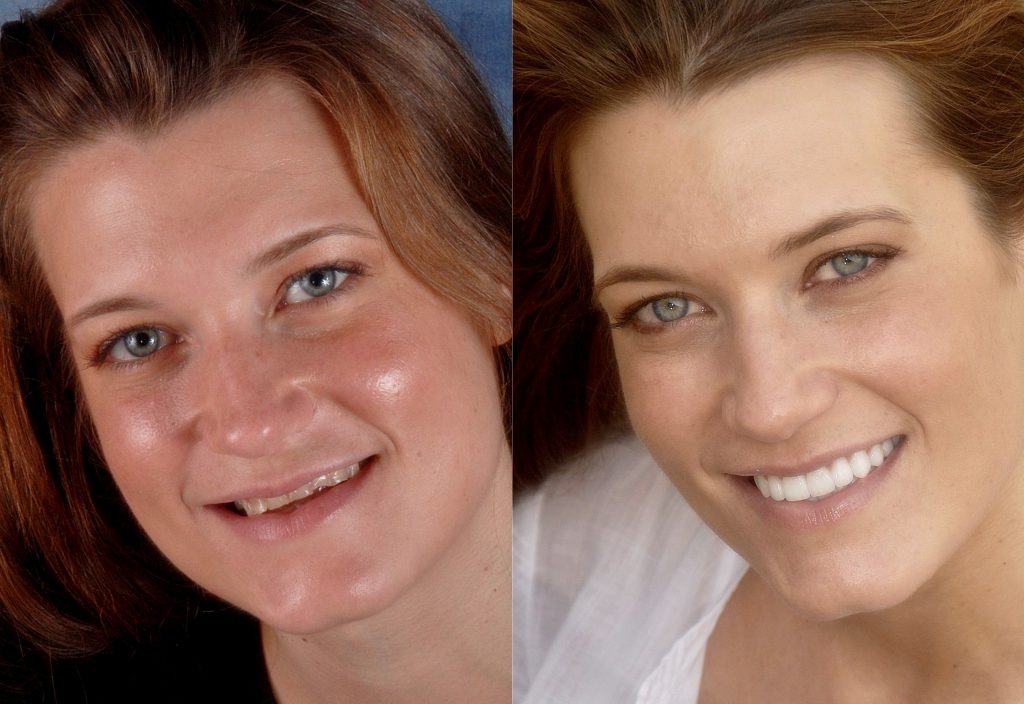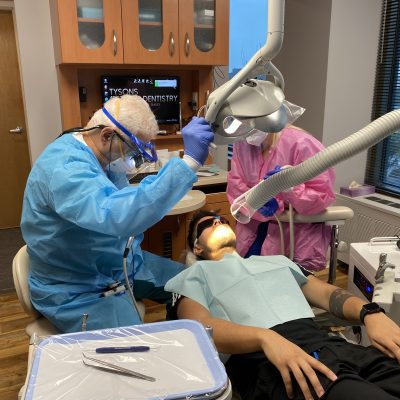Sleep Apnea | Snoring
Sleep Apnea: Do you snore? Does your bed partner complain of being awakened by you throughout the night? Snoring can be relatively harmless, but it can also be an indication of a more serious condition called sleep apnea. The condition is characterized by a series of short lapses in breathing during sleep, often followed by loud gasps or snoring sounds. There are three types of sleep apnea. Obstructive sleep apnea (OSA), the most common type, is caused by a blockage in the airway that occurs when the tongue and soft palate collapse onto the back of the throat. Central sleep apnea occurs when the brain fails to signal the muscles to breathe. Mixed apnea is presented as a combination of both of these types.
Sleep apnea is quite common, affecting more than twelve million Americans. In its most severe form, sleep apnea can be life threatening if left untreated. Even in less severe cases, sleep apnea can be highly life-disruptive. Apnea occurrences usually trigger the brain to awaken the patient at night in order for him/her to resume breathing properly. As a result, sleep is, at best, intermittent and leaves the patient feeling tired most of the time. Most people with untreated sleep apnea are at higher risk for cardiovascular incidents, strokes, hypertension, diabetes, GERD (Gastroesophogeal reflux disease) , memory issues and falling asleep while driving, causing motor vehicle accidents. Risk Factors:
- Gender – More men than women have sleep apnea. In the United States, about 4% of men and 2% of women between the ages of 30 – 60 experience the symptoms of obstructive sleep apnea.
- Age – Sleep apnea is most common and its symptoms are most severe in middle-aged adults between 40 and 60 years old. Nevertheless, it affects people of all ages, including a small percentage of children.
- Ethnicity – African Americans face a higher risk for sleep apnea than any other ethnic group in the United States. Other groups at increased risk include Pacific Islanders and Mexicans.
- Obesity – Overweight people are more likely to have sleep apnea, particularly those with excess fat around the abdomen (the so-called apple shape). However, many people with sleep-related breathing disorders, particularly women and small children, are not obese.
- A large neck: Men and women with neck measurements of 17 inches and 16 inches or more respectively.
- Specific Facial and Skull Characteristics – Structural abnormalities in the face and skull may be responsible for many cases of sleep apnea.
Diagnosis and Treatment:
The only definitive test available to diagnose OSA is a polysomnograph (PSG) , better known as a sleep study. Other factors that help doctors diagnose OSA include family/medical history and a general physical examination. OSA can be treated with either the use of a Continuous Positive Airway pressure (CPAP) device or surgery. In many cases, patients who are CPAP intolerant, however, may consider an easier solution involving Oral Appliance Therapy. Highly trained dentists can help patients eliminate snoring and let them sleep more soundly at night by treating their sleep apnea with an oral device.
Also check out: Cad Cam Technology
Oral Appliance Therapy:
Oral appliance therapy involves the custom fitting, design, insertion, and management of a dental sleep appliance for a patient that has been diagnosed with sleep apnea or a related snoring condition. The primary function of the appliance is to maintain an unobstructed airway in the throat. This is accomplished by repositioning the jaw/tongue/soft palate/uvula and by stabilizing and increasing the muscle tone of the jaw and tongue. The appliances themselves look similar in nature to orthodontic retainers or sports mouth guards. To date, approximately forty appliances have been approved by the FDA for treatment of snoring and/or sleep apnea.
Who is a candidate for oral appliance therapy?
- Patients with primary snoring or mild OSA who have not adequately responded to behavioral changes such as dieting or weight loss.
- Patients with moderate or severe OSA who are unable or unwilling to use a CPAP device (In general, patients with moderate to severe OSA should first attempt to use a CPAP)
To learn more about how Dr. Makarita and his team help patients with sleep apnea and other snoring-related conditions, please contact his office for a preliminary consultation.





